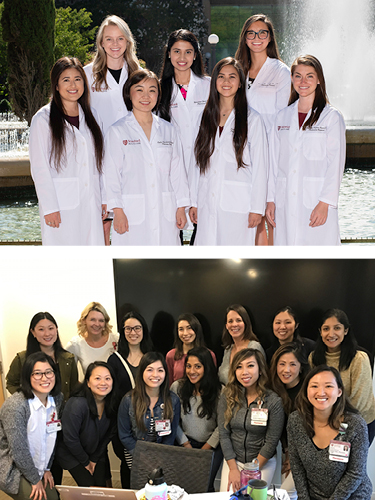Clinical Pharmacists Step-up in Palo Alto
Submitted By:
Agnes Chou, Pharm.D., BCPS,CACP
Apr 23, 2020
In March, the California Bay Area issued shelter in place orders. Therefore, Stanford Healthcare in Palo Alto, California, quickly transitioned to telehealth/televideo clinic visits to safely provide care and follow-up for its patients. Clinical pharmacists in the ambulatory care environment routinely manage patients suffering from various chronic disease states on a referral basis. They quickly learned how to employ the technology involved in conducting telehealth/video visits and how to manage the new logistics involved with delivering care remotely. They held COVID-19 meetings twice weekly to keep abreast of the rapidly changing landscape. Meanwhile, physicians in the primary care clinics were inundated with visits from patients with respiratory/COVID-19 symptoms. The clinical pharmacists stepped-up to assume responsibility for managing chronic disease patients, freeing up physicians to see COVID-19 patients.
In the emergency department (ED), Stanford Healthcare’s clinical pharmacists have been working closely with physicians to develop new processes for intubating COVID-19 patients. They gathered data from Italy and New York to select appropriate rapid sequence intubation (RSI) agents and determine appropriate doses. They have now standardized RSI medications and are making sure that extra doses are available, since staff must enter COVID-19 patient rooms less frequently. In addition to participating in codes, they are educating ED staff on experimental treatment approaches (e.g., use of remdesivir, hydroxychloroquine, ibuprofen) and helping guide evidence-based therapy.
ACCP member Sally Luvsantseren, Pharm.D., a pharmacy resident at Stanford Healthcare, has been integrally involved in efforts in both the ambulatory care clinics and the ED, working closely with clinical pharmacists, physicians, and nurses. She’s currently on her rotation in the ED.